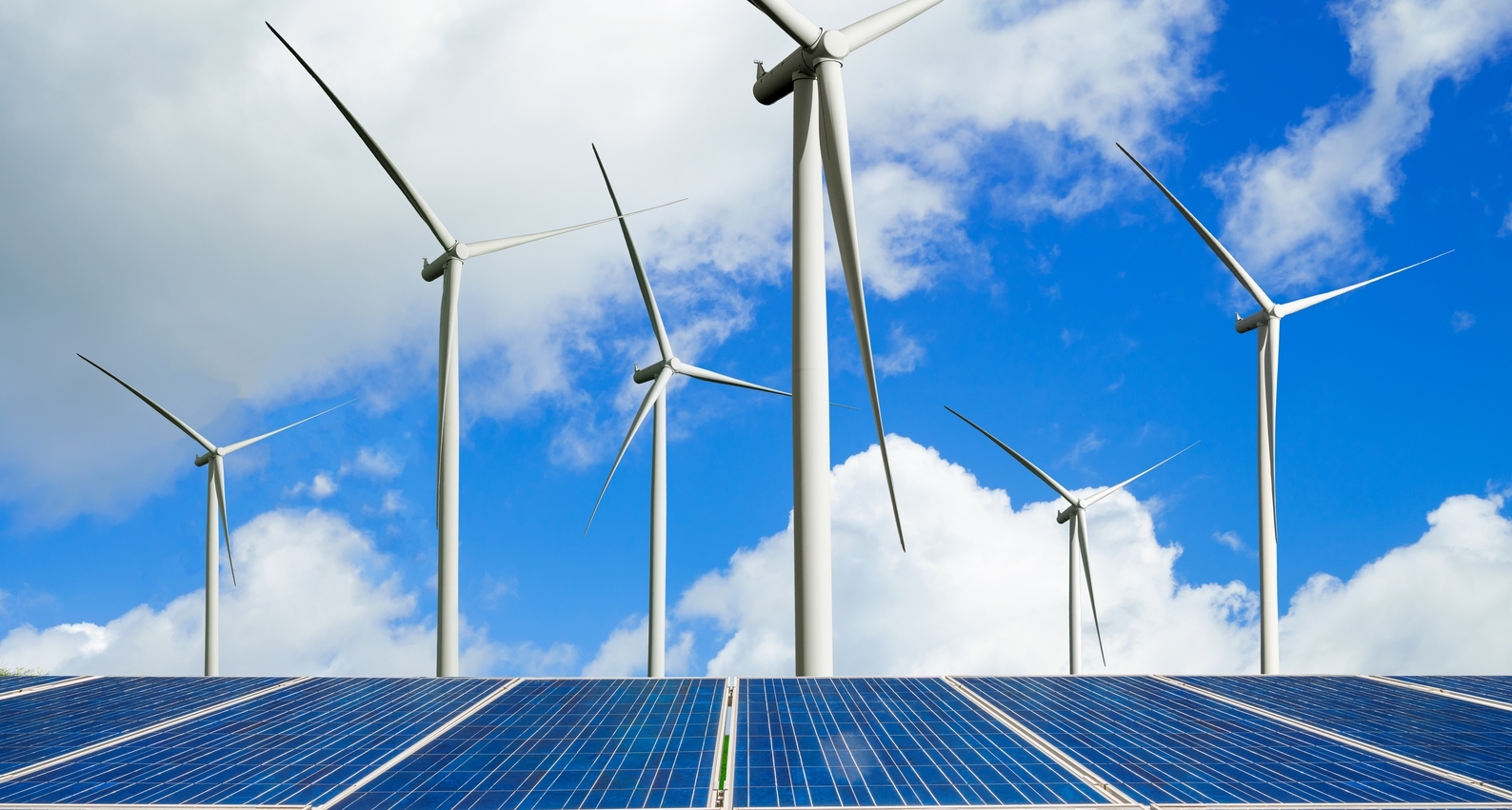Has COVID-19 Hit Growth of Renewable Energy Sector?
Published on 04 May, 2020

COVID-19 has impacted almost all the economies globally. Industries worldwide are adversely affected and racing to dodge the impending recession. The power generation industry, including the renewable energy sector, is also facing the fallout of the pandemic. Though the effects on the sector are vague now, these will become prominent in the upcoming months. In fact, the repercussions could be so vast that the renewable energy sector may take few years to regain normalcy.
Before the outbreak of COVID-19, the global renewable energy sector was rapidly ramping up capacity. Due to the reduced cost of electricity generation from renewable sources such as wind and solar power, the sector gained much traction over the past few years. In 2019, around 176 gigawatts (GW) of generating capacity from renewable sources was added globally. The forecast for this sector was also promising, with many new projects planned or announced.
Since the pandemic hit, growth of this sector has almost stagnated. With stringent government restrictions in place, many ongoing renewable projects worldwide have come to a standstill. This setback will adversely affect the targeted annual renewable energy capacity addition. As per Rystad Energy’s estimate, before the pandemic struck, an estimated 140 GW of solar photovoltaic (PV) capacity and 75 GW of wind capacity were to be added in 2020.
The pandemic has caused fluctuations in currency exchange rates, with most countries recording a downgrade in their currency value versus the US dollar. This trend might continue into 2021 as well due to the ripple effect of the current crisis. Thus, the estimated cost of renewable energy projects would also increase as most project-related transactions take place in US dollars.
Impact by Country/Region
Europe faced the highest number of casualties of COVID-19. The repercussions were also felt by the renewable energy sector in the region. Many projects have been delayed; there is no clarity on completion dates. The steady downslide of the euro against the US dollar is ramping up the cost of ongoing projects, which would further hit the renewable energy sector.
In Latin America, the steep fall in currency value against the US dollar has escalated the cost of ongoing renewable energy projects. Many projects have thus been halted and plans for new ones are delayed indefinitely.
Although China and the US are not facing major currency fluctuations, the projects had been paused in these countries as well due to lockdown which has restricted the movement of workers.
Other countries in Asia and the Middle East are similarly impacted and have halted their renewable energy projects.
Demand-Supply Scenario
As ongoing renewable projects in most countries have been put on hold, the worldwide demand for renewable energy equipment has also gone down. The few countries which are continuing with renewable projects have now to deal with the increased cost factor due to currency fluctuation.
Given the current scenario, the demand for renewable energy generation equipment will not only be affected during the current pandemic, but also after the crisis is resolved as countries’ priorities will change considering the impending recession they might face. It is expected that the demand for renewable energy equipment will take more than a year to reach the pre-pandemic levels.
Government restrictions have led to limited or no manufacturing of renewable equipment in countries where it is manufactured. Consequently, the supply of renewable energy equipment in the market would also reduce. For example, the supply of wind-turbine-related equipment is impacted as Europe, where most of this manufacturing takes place, has been severely hit by the pandemic. The supply of solar PV equipment, however, is slowly returning to normal as China, the major supplier of PV equipment worldwide, restarted production.
Future of Renewable Energy
The renewable energy sector would require at least a year to regain normalcy. One of the main factors influencing the sector is currency fluctuation. The effect of this will be felt by both government and private players, specially in developing countries, even after the impact of the pandemic reduces.
The market anticipates an oversupply of equipment and low demand after the pandemic, which could cause massive price drops. This can create entry opportunities for few players planning to invest in the sector as investments would be scarce.
Recommended Strategies
The impact of COVID-19 on the global renewable energy sector differs by country. The key influencers are currency fluctuation, labor availability, equipment availability, and financial support. Companies must strategize and plan for the post-pandemic phase to mitigate its impact.
Some of the key strategies that companies can take up, considering the current and upcoming circumstances:
- Strategic acquisition of companies which are facing financial crunch caused by the pandemic.
- Enter into long-term contracts with equipment suppliers to provide a hedging tool for currency fluctuations and a secure supply for future projects.
- Develop a roadmap of projects for at least five years to achieve the set targets.
